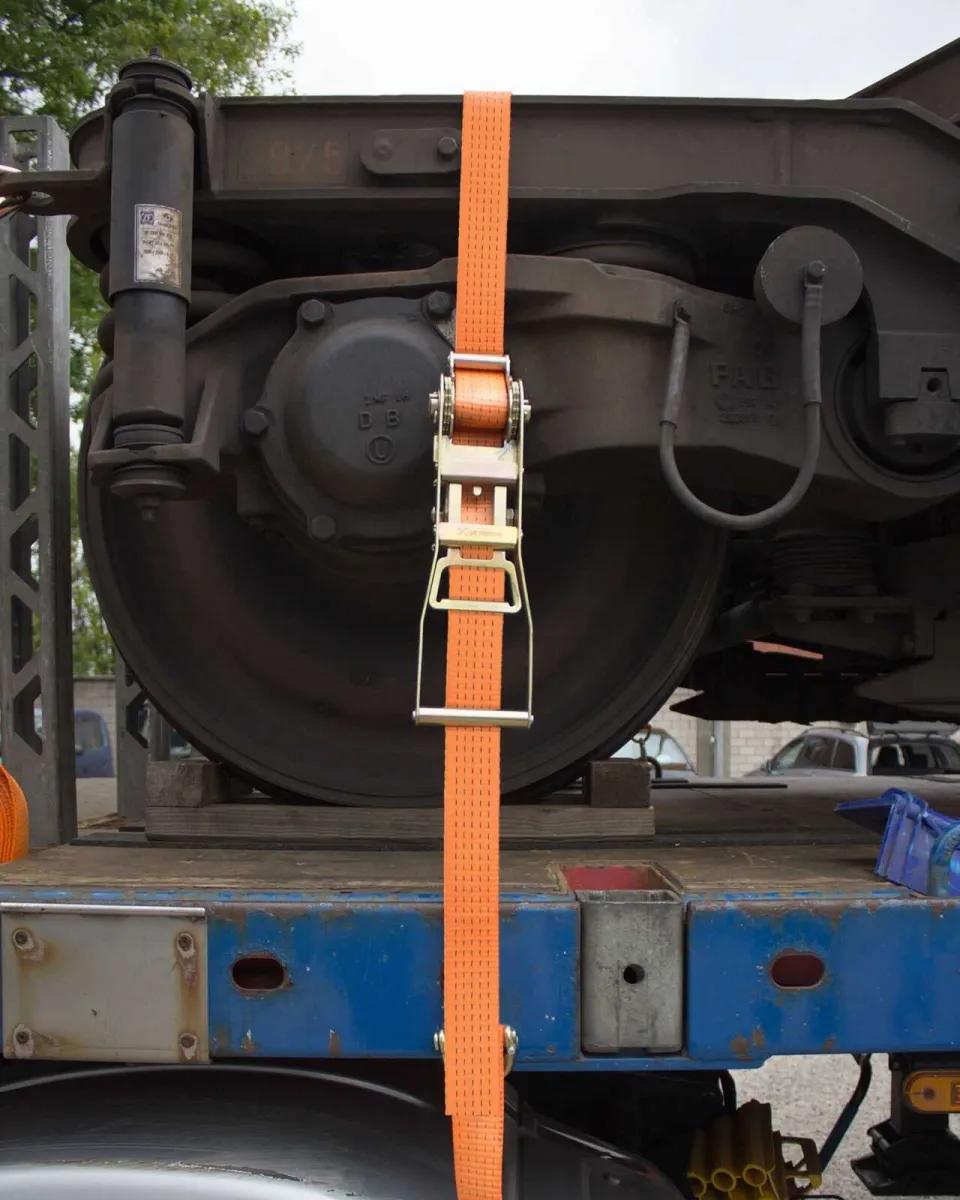Understanding the Difference Between LC and WLL in Ratchet Lashing
Ratchet lashing is an essential tool for securing loads to ensure safety and efficiency. However, many people are confused about why the term used in ratchet lashing is Lashing Capacity (LC) and not Working Load Limit (WLL). Here's an explanation!
Difference Between LC and WLL
Before discussing why ratchet lashing uses LC (Lashing Capacity) instead of WLL (Working Load Limit), it's important to understand the fundamental difference between these terms and why LC is more appropriate for ratchet lashing.
Working Load Limit (WLL) refers to the maximum lift capacity for a sling when used to lift a load vertically or in a direct pull. Each sling, such as webbing sling, round sling, chain sling, or wire rope sling, has a WLL determined by the manufacturer based on testing and industry standards.
However, with ratchet lashing, the need is not just about lifting a load but also about securing or restraining the load to keep it stationary during transportation. This is why the term Lashing Capacity (LC) is more suitable in the context of ratchet lashing.
Lashing Capacity refers to the ability of a securing device, such as a ratchet lashing, to hold the load and prevent it from moving during transit. It considers the strength of the securing device and its ability to secure the load safely.
Essentially, the difference between WLL and LC is that WLL measures vertical lifting capability, while LC measures the ability to secure or restrain a load.
Measuring LC in daN
Why is LC measured in daN (Decanewton) rather than tons or kilograms? This is because daN is a commonly used unit in the industry to express dynamic loads or forces that arise when the load is moving. 1 daN is equivalent to 1.01 kilogram-force, or it is often rounded to 1 daN = 1 kilogram-force in practical calculations.
Therefore, when looking at ratchet lashing specifications, such as Ratchet Lashing 1857 with a Lashing Capacity of 2,500 daN, Safety Factor 2:1, and Maximum Breaking Strength of 5,000 daN, it indicates that this tool can secure a load up to 2,500 daN with a safety factor of 2:1, and has a maximum strength of 5,000 daN.
It's important to remember that when purchasing ratchet lashing, you should focus on the Lashing Capacity (LC) and not the Maximum Breaking Strength (MBS). If you need a securing device for a load of 5,000 kilograms or 5 tons, you should look for ratchet lashing with the appropriate Lashing Capacity.
Difference in Webbing Sling Width
Additionally, the difference in webbing sling width is often a question. Why are there webbing slings with a width of 30mm and some with 25mm? The explanation lies in production standards and safety factors.
SpanSet Webbing Sling is produced according to Standard EN 1492-1 with a Safety Factor of 7:1. This means that to meet these standards, SpanSet uses webbing with a width of 30mm for WLL 1 ton, 60mm for WLL 2 tons, and so on.
However, counterfeit products may have different widths. Although they claim to meet EN 1492-1 standards, they may not achieve a Safety Factor of 7:1 with a width of 25mm, as stated in the standards.
Therefore, it is crucial to choose genuine and high-quality products from trusted manufacturers like SpanSet to ensure guaranteed safety and quality. Do not take risks with counterfeit (KW) products that may not meet standards or have low quality.
In conclusion, understanding the difference between WLL and LC, and the importance of choosing products with the right standards and quality, is vital for maintaining safety and security during load securing and transportation.

